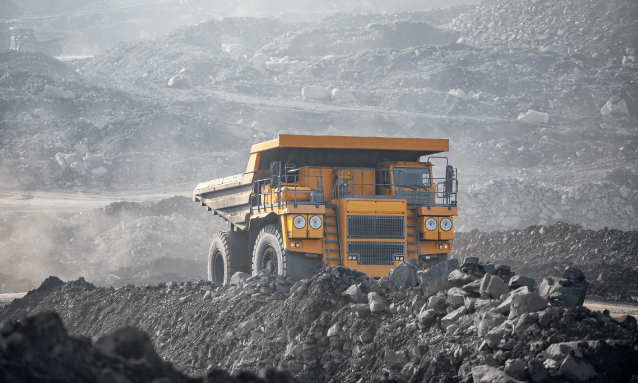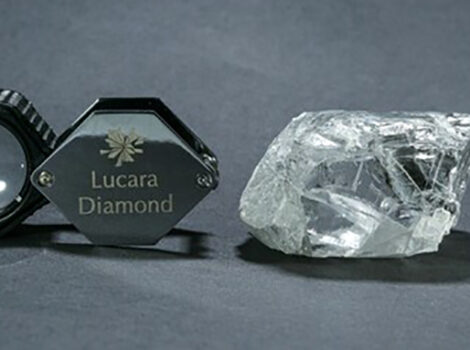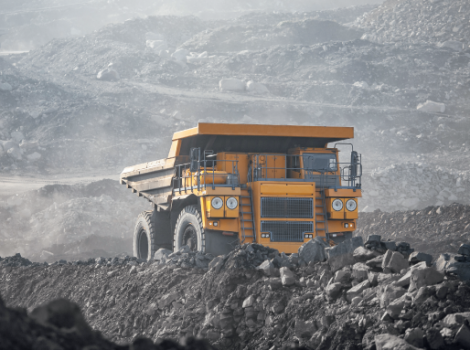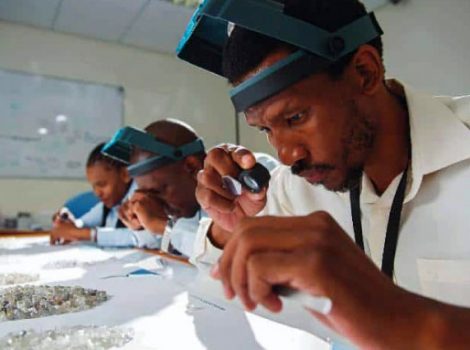
The World Bank’s biannual analysis of Africa’s economic outlook has shown that mining-dependent economies, such as Botswana, are expected to see robust growth in 2021. This year’s April issue of Africa’s Pulse, non-resource-intensive countries, such as Côte d’Ivoire and Kenya, and mining dependent economies, such as Botswana and Guinea, are expected to see robust growth in 2021. Growth driven by a rebound in private consumption and investment as confidence strengthens and exports increase.
Sub-Saharan economic development is estimated to have contracted by 2%, and prospects for recovery are strengthening amid action to contain new pandemic waves and speed up vaccine rollouts. Africa’s Pulse, a biannual analysis of the near-term macroeconomic outlook for the region, is published around the WB/IMF annual meetings every April and October. According to the document, “Southern Africa’s tourism (Botswana, Mauritius, Namibia, and Seychelles) and mining (Botswana, Mozambique, Namibia, and Zambia) dependent economies continued to experience output contractions in the second half of 2020 Mining, and tourism-based economies in the East and Southern Africa subregion continued to suffer from output contraction in the second half of 2020.” In Botswana and Namibia, continued muted diamond demand held back the recovery in the mining sector.
However, this year, the rise in metal prices is expected to reduce balance sheet pressures in metal exporters and underpin their recoveries. Botswana is projected to return to robust growth in 2021, supported by a recovery in diamond demand. Africa’s Pulse notes that metal prices have increased sharply with their January-February 2021 average nearly 40% higher than a year ago. The recovery in metal prices has been supported by continued strong demand from China. The forecast for metal prices in 2021 has been revised upward, and prices are now expected to be nearly 20% higher in 2021 relative to last year according to WB’s analysis. Anglo American’s De Beers production report for the fourth quarter of 2020 which ended on 31 December, reported a reduction in rough diamonds productions. “Rough diamond production decreased by 14% to 6.7 million carats, driven by continued planned reductions in response to the lower demand for rough diamonds caused by the Covid 19 pandemic and operational challenges at Orapa that led to lower than expected production,” read the report.
Africa’s Pulse observed that “Over the past two years, China’s share of global demand exceeded 50% for aluminium and copper, the world’s most important metals in terms of volumetric consumption—China also increased its share in oil and coal demand.”
Metal prices are at their highest level since 2011, and economic activity in the region is expected to strengthen as actions are deployed to contain new waves of the pandemic and vaccine rollouts gain speed.
“Growth in the region is forecast to rise to between 2.3% and 3.4% in 2021, depending on the policy measures adopted by countries in the region and the international community,” reads Africa’s Pulse’s analysis.
“Commodity prices have continued their recovery, supported by COVID-19-induced supply disruptions and a gradual rebound in global demand, with broad-based increases across most commodities.”
Source: http://www.sundaystandard.info/world-bank-sees-robust-growth-in-miners-like-botswana/



